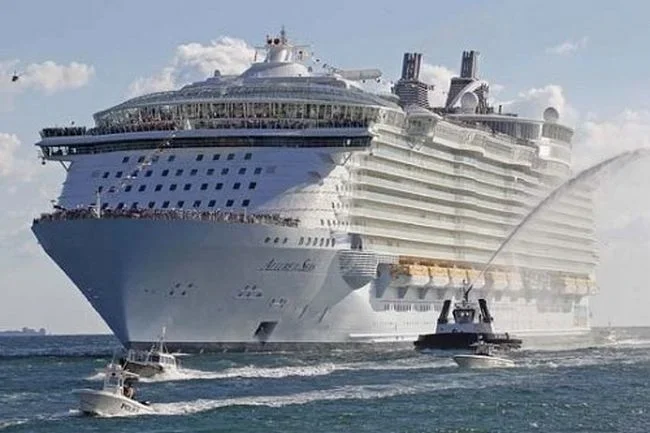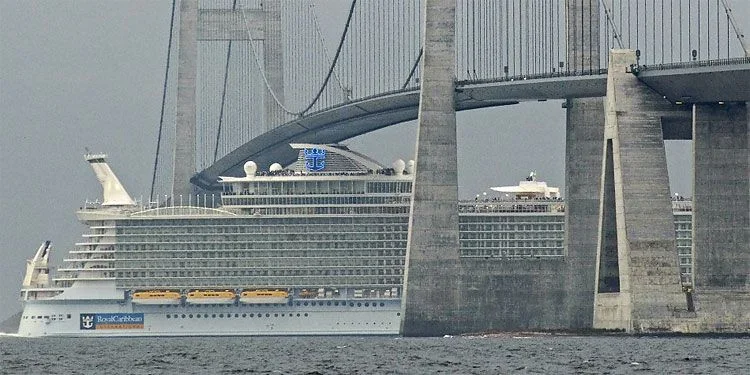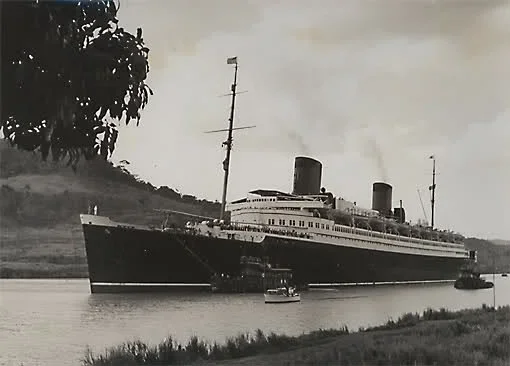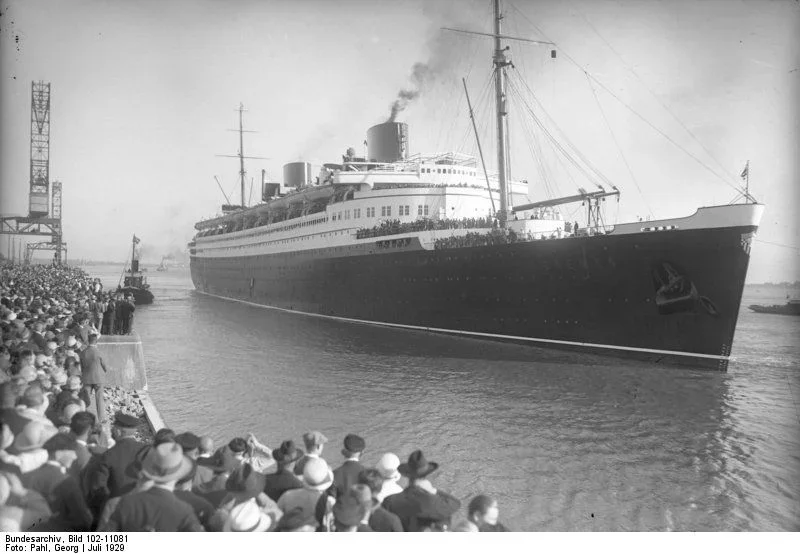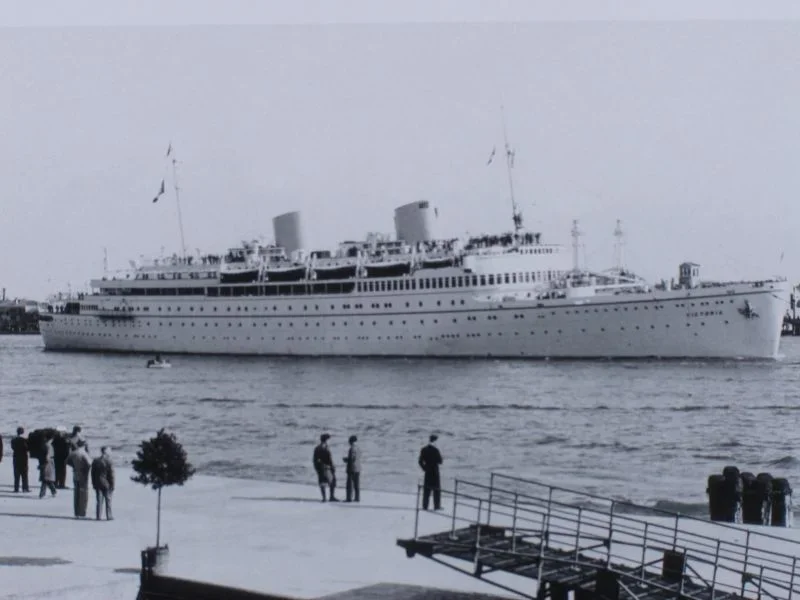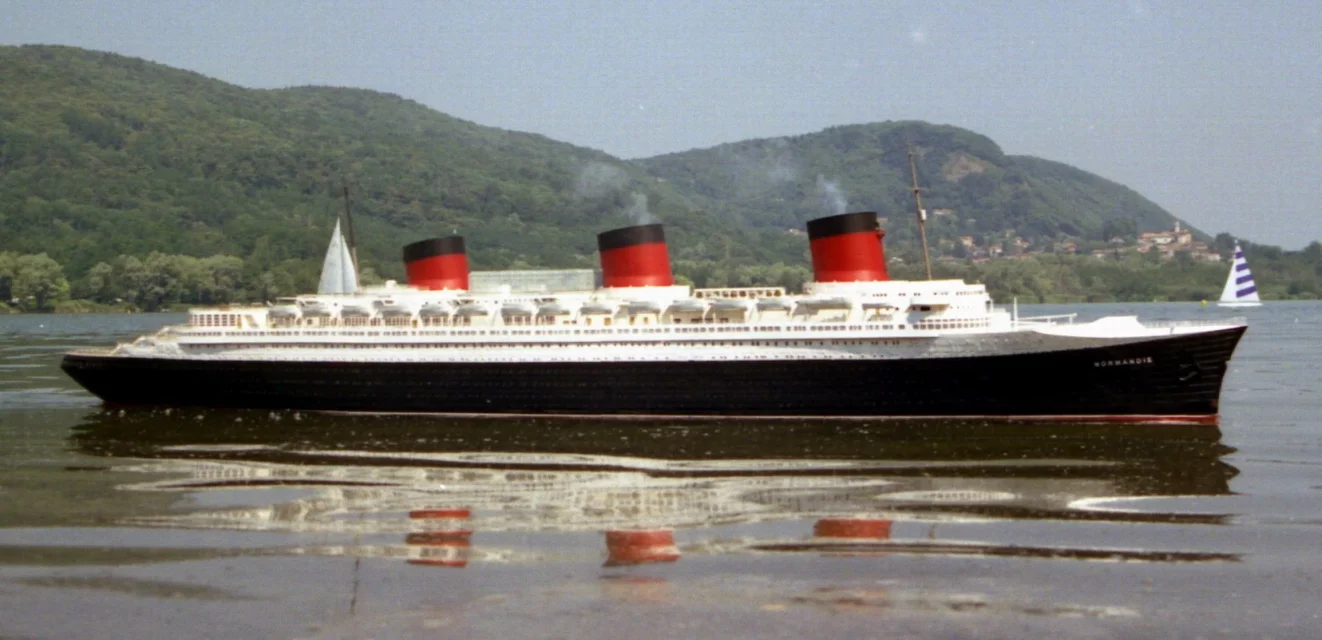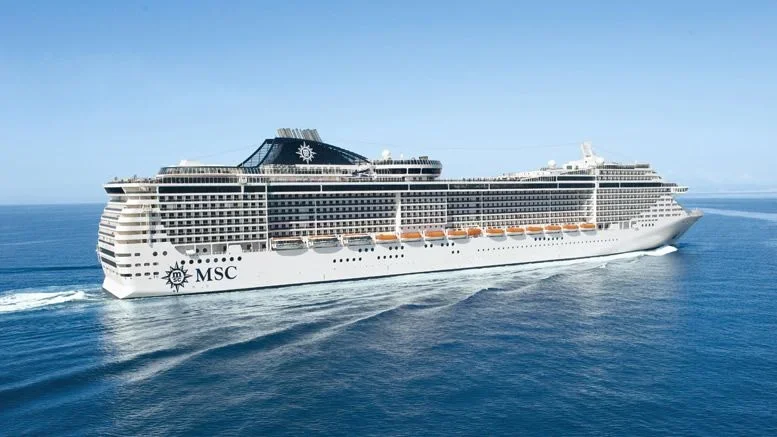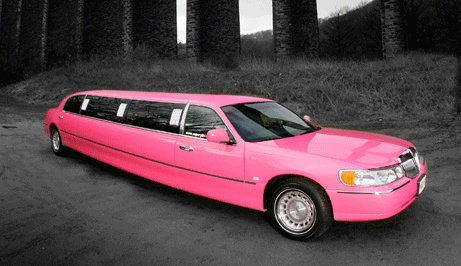Then there was war and if on the one hand the production of luxury ships stopped, on the other a considerable amount of solutions were available for military needs. the new course was born from a remarkably advanced starting point compared to when the previous one closed. the resumption of the constructions of fleeting ships of a certain size founded its roots on a glorious past enriched by a huge baggage of new technical solutions. He initially tried to combine the rounded lines of the bremen and the victoria with the scheme to a single smoker of the “saturnia” trying to draw the best from both patterns.
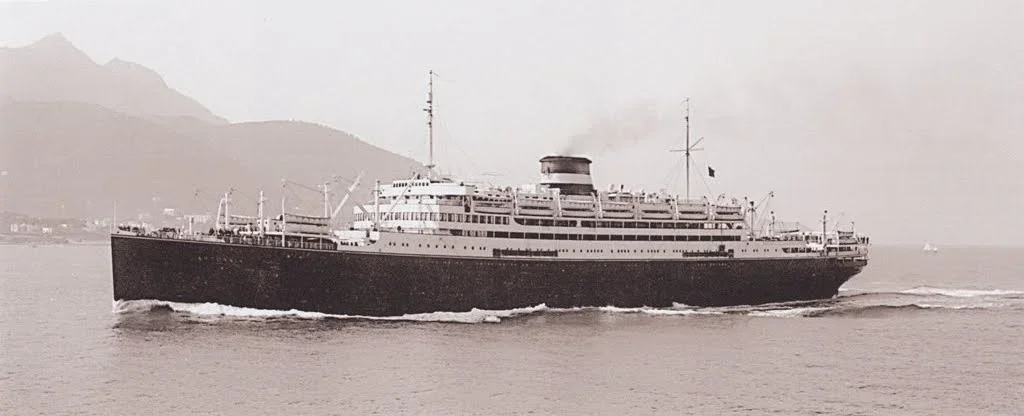
from this union, the “julium cesare” was born, which represented a net gap with the past due to the modern style adopted and whose most evident aesthetic characteristic was represented by the huge fumaile placed at the top of the hull almost as if with its mass, had determined the curvature of the hull. this feeling was accentuated by a colorful band painted on the walls that climbed towards prora that brought the eye to the slender and high prora on the sea instilling a feeling of great dynamism. the seaboard acquired a dominant aesthetic role as it had been at the time of clippers, the very fast ships of the previous century. the stern mirror was roundish, similar to that of the cruisers and the superstructures, constituted by ten bridges, gradually degraded towards the stern. the style of the ship made it look like a yacht and made the profile thin, making the figure as a whole light compared to the actual size.
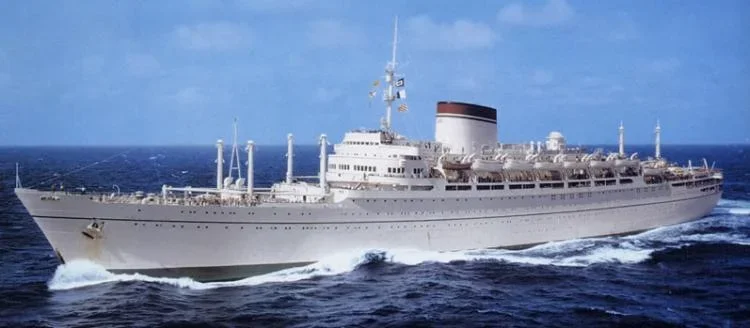
the structure of the hull was divided into twelve ponds which, according to the norm of the London Convention of 1948, had to guarantee the floatability of the ship even in case two adjacent compartments were flooded.
the cesare julius represented a mandatory reference model and to it were inspired the successive “andrea doria” (1951), “colombo” (54) and “da vince” (59). ships in which the continuity between hull and superstructure was realized and above which, the smoke was erected which, in spite of its function, assumed the appearance of a real superstructure, agreeing with the rest of the ship also in proportions. The Doria andrea had been launched on 16 June 1951 in the Ansaldo shipyards of the West Sestri Genoese and represented the pride of a nation that was defeated and humiliated by the world conflict, trying to rebuild an international reputation. was not the largest (superied by the queen elizabeth), nor the fastest (battuted by the united states); it was not designed to compete in size and speed but to bring the message of the incomparable artistic beauties that Italy could offer. It was supposed to be the most beautiful and the most luxurious.

nicknamed the “big lady of the sea” the goria was a floating museum, with paintings, tapestries, statues, ceramics and other wonders. A million dollars was spent in decorations and works of art distributed in the booths and public rooms, including a natural-size statue of the admiral Doria. three swimming pools, lounges, four cinemas, air conditioning system, tennis court, basketball, pitch shooting or the target were available to all passengers and not only those of first class.
the “france”, set in 1957 and launched in 1962, repeated the design already experimented with the Normandy and the lines were the most possible continuous and clean.
but a further evolution was mature. the turbonave “southern cross” of 1954, as a result of the positioning in the stern of the machines, proposed a new distribution of the superstructures with the positioning of the fumaiole in the stern districts. this solution found further confirmation in the “rotterdam” of 1958, where the fumaioli were similar to a traliccio, and in the “canberra” of 1960.
in Italy it was costly, which we have already met before, defined a new concept: the “wave seat” and consequently a new concept of bow. with the term “wave seat” it was indicated a longitudinal recess obtained in the prora whose sections are returned and concave in the float, and then became convex both above and below that area. with this conformation you get a sort of crib in the whole area of famine wet by the wave generated by the ship in motion. this solution improved the penetration of the hull with reduction of the ondous form and therefore reduction of the famine resistance. the "galileo galilei" and the "guglielmo marconi" were distinguished precisely for the game of curves of the bow "to a narrow spoon" that is from many still considered unsurpassed model of elegance and slenderness of the lines.
This new prora was then exalted in the 1963 “oceanic” and even more, in the “eugenio c.”, set on 4 January 1964, where it assumed an increasingly characteristic and distinctive role of the ship defining the aesthetic imprint of the whole ship. the eugenio c had over a prora characteristic called "swan neck", a pair of retractable stabilizers "denny-brown", air deflectors to protect the discovered bridges, the propulsion was entrusted to two turbulent groups "crda - de laval" from 60,500 hp for a speed of 28 knots. here also a particular attention was reserved to the design of the two fumaioli placed in the poppiera area, they had a characteristic shape to minimize the fall of fumes and dust on the bridges. the whole ship was a continuity game, with the walls as smooth and naked as possible. the search for pure and continuous forms, required the accumulation of air outlets, crates, corridors, etc. etc., the concept of “carrozzeria casio” was developed, then relaunched even more strongly, from the “france” and the canberra”.
the family tree of the transatlantic ends with the “queen elizabeth ii” of 1967. after subsequent processing would have been dictated by service economy, maximum embroidery and rational use of spaces, in short, the exploitation of the volume offered by a regular parallelepiped. so the structure came away transforming itself into a sort of “box”, with high and square walls, with straight and flat lines. the first ships to approach the concept of “box” were the “car-passenger-ferries” and the “ro-ro ferries”. this technical exasperation has led to a change in the proportions between length, width and height with increase of the last two also to the detriment of the nautical performance that however, had already lost the battle of the velocistic performance on the ocean crossings. the different relationship between the three dimensions, the propensity to square the volumes, the advancement of the superstructures, they removed from the aesthetic tradition. now the risk was to get weighted and unfortunate forms.
in the “song of norwey” and in the “royal viking star” respectively of 1960 and 1972, the shift towards the bow of the prodier districts, involved, in the need to preserve a sufficient reserve of thrust to prora, the adoption of exasperated forwards of the prodier profile that also have the advantage of offering to the silhouette a dynamic footprint. as in all things, there are those who “take their hand” and exaggerate, for example in the “song of norway” the gigantic fumaiolo compromises the “correctness” of the lines. the song of norway was the first ship of the royal caribbean cruise line founded in 1968.
after four years of success, the song of norway became the first passenger ship to undergo an elongation process: a section of about 26m was inserted in the middle of the vessel. Considering the success of this procedure, the nordic prince was also extended in 1980.
from this moment on the passenger ships increased their size and if you think that the same titanic, marvel of technology and immense ship in 1912, today would not enter the ranks of the 50 largest ships of the world, ranking that sees to the command the “oasis of the seas” and the twin “allure of the seas” always owned by the royal caribbean international, you can make an idea of the development reached. 361 meters long, have a maximum width of 66 meters and 72 meters high. their gross tonnage is 225.000 tons. up to its capacity, it can accommodate 6,360 passengers as well as 2,100 crew members. the ship have 18 bridges, of which 16 passenger bridges and 2.704 cabins. the michelangelo and the raffaello stazzavano 45,933 tons, of the moscerini in comparison also to the "peaceful Coast" that is of 114.147 tons, which is just a little more than half of the oasis of the seas.
in the last image the ms allure of the seas passes under the bridge of storebælt, which connects the islands of funen and zealand in Denmark, with a margin of 1.5 and a half regarding the edge of the infrastructure
